Click below to watch the video:
If Petra is the actual Holy City of Islam, then where was Ghadir Khumm located? Dan Gibson explores the history and significance of Ghadir Khumm, and the possible locations near Petra.
Transcript
Video #40 This is a general transcript of a Dan Gibson video.
Hello, I am Dan Gibson, and this is another video in the Question and Answer Video series. Today’s question comes from several viewers who have asked about the location of Ghadir Khumm (Arabic : غدیر خم)
Ghadir means pond or brook. Khumm often refers to something that smells or is putrid. There is a location in Saudi Arabia that is associated with Ghadir Khumm. The question they ask is: If Petra is the actual Holy City of Islam, then where was Ghadir Khumm located? How do I answer this?
Now, first of all, remember that the events that took place at Ghadir Khumm have deeply divided Islam. The story of Ghadir Khumm is very controversial. So controversial that people have never stopped to ask a simple question about the location of Ghadir Khumm. Today, Muslims all over the world consider Ghadir Khumm to be the name of a pond located on the road leading out of Mecca towards Medina. In this place, in the year 10 After the Hijra, Dhu l-Hijja tamantash, which calculates to March 19, 632 AD a very important event took place.
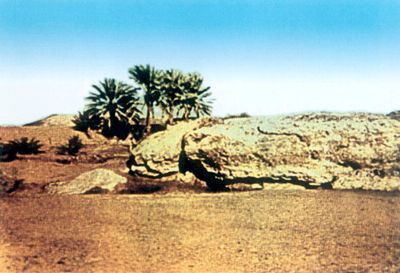
Ghadir Khumm in Saudi Arabia
The account is told, that during his stop at this spot, the prophet Muhammad is said to have announced, “Anyone who has me as his mawla, has Ali as his mawla.” Now Shi’ites interpret this phrase to be the designation of Ali as Muhammad’s heir, but this is disputed by Sunni Muslims.
Mawla has a number of meanings in Arabic, depending on if you are a Sunni or a Shia. Sunni’s translate mawla as “friend” or as “one who is loyal or close.” Sunnis say that Muhammad said: Anyone who has me as his friend, has Ali as his friend. The Sunni’s say that Muhammad’s statement was only about Ali deserving friendship and respect.
But the Shi’ites claim that the word *maw*la means “master” or “ruler” And so Muhammad was saying *Anyone who has me as his ruler has Ali as his r*uler. They claim that Muhammad was appointing Ali as his successor.
And that started the split between Muslim Sunni and Shias. And over the last fifteen hundred years, hundreds of thousands of Muslims have died arguing and fighting over who was the successor of Muhammad? So the Sunnis hold very little significance to the location of Ghadir Khumm, but the Shi’ites consider it to be the place where Muhammad officially appointed Ali as his successor.
So you can see why the account of Ghadir Khumm is so controversial. And because of this, few people have asked about the whereabouts of this place. The fight is over what happened, not where it happened.
So in this video, we are not going to discuss whether Muhammad appointed Ali as his successor or not. Our task is only to try and discover the true location of Ghadir Khumm.
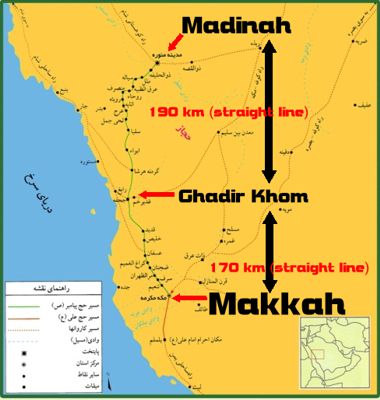
Ghadir Khumm in Saudi Arabia
Now today, Ghadir Khumm is located 4 km away from Juhfa. Juhfa is approximately 64 km north of Mecca and it is supposed to be one of the five Miqats or gathering places for pilgrims performing Hajj. Due to the water supply and the shade of a few trees, Ghadir Khumm is said to have been a stopping place for caravans.
But in this video series, we have been tracing the evidence that Petra is the original location of the Holy Sites of Islam, not Mecca in Saudi Arabia. If this is true, then how can Ghadir Khumm be in Saudi Arabia?
First of all, we need to put all our preconceived ideas away, and ask: What do the earliest Islamic records tell us about Ghadir Khumm?
First, the oldest accounts refer only to Khumm, not to a pond. In this case, Khumm was the name of a very early well located near the city, but outside of the haram, forbidden or sacred area. It was one of two wells used in the early days of the city. First, the oldest accounts only refer to Khumm; mot as a pond. They don’t use Ghadir in front of it. In this case Khumm was the name of a very early well located near the city but outside of the Haram area. It was one of two wells used in the earliest days of the city.
First, Ibn Hisham, one of the earliest Muslim historians, tells us of wells that belonged to the clans of the Quraysh in and around Mecca, and one of those was Khumm. Not Ghadir Khumm, the pond, but Khumm the well. (Ibn Hisham 54 and 55)
Before the cleaning out of Zamzam the Quraysh had already dug wells in Mecca, …. ‘Abdu Shams dug al-Tawiy which is a well in the upper part of Mecca near al- Bayda’, near the house of Muhammad b. Yusuf al-Thaqafi. Hashim bin ‘Abdu Manaf dug Badhdhar which is near al-Mustandhar, a spur of Mount al-Khandama at the mouth of the pass of Abu Talib. They allege that when he had dug it he said: ‘I will make it a means of subsistence for the people.” Qusayy dug Sajla which is a well … Abu Hashim allege that he gave it to the Abu Nufal tribe when Zamzam was uncovered and people had no further use for the other wells. Umayya b.‘Abdu Shams dug al-Hafr for himself. The ‘Abdu’l-‘Uzza tribe dug Suqayya. The ‘Abdu’l-Dar tribe dug Umm Ahrad. The Jumah tribe dug al-Sunbula. And the Sahm tribe dug al-Ghamr which belongs to them. There were some old wells outside Mecca dating from the time of Murra b. Ka’b and … from which the first princes of Quraysh used to draw water, namely Rumm and Khumm. (This is the one we are looking for!!) Rumm was dug by Murra b. Ka’b b. Lu’ayy, and Khumm was dug by Kilab b. Murra, and so was al-Hafr.(Jafr)
(The difference in spelling may account for the inconsistency, as it seems that there were two names for one well, Hafr and Jafr, near Mecca/Petra.)
These are the 10 wells that were dug around the Holy City, before Muhammd’s grandfather father cleaned out ZamZam.
Now there is an old poem of Hudhayfa b. Ghanim which runs: In the good old days we were long satisfied To get our water from Khumm or al-Hafr.
So those are two ancient wells.
Later the Zamzam well utterly eclipsed the other wells from which the pilgrims used to get their water, and people went to it because it was in the sacred enclosure and because its water was superior to any other; and, too, because it was the well of Isma’il b. Ibrahim.
So from this, we can gather that Khumm was a well, not a pond, and that it was just outside of the sacred area, which is why people preferred to use Zamzam which was closer, inside the sacred area.
There is also a poem recorded on page 66 of Ibn Hashim which it says: They build many houses and dug wells Whose waters flowed as though from the great sea That pilgrims and others might drink to them, When they hastened to them on the morrow of the sacrifice, Three days their camels lay Quietly between the mountains and the hijr. Of old we had lived in plenty, Drawing our water from Khumm or al-Hafr. (Jafr) So is Khumm a well or a pond? Ibn Sa’d tells us that Khumm was a well on a route to Mecca. He never calls it a pond, and never used the word Ghadir.
In fact, I have not been able to find when the first usage of Ghadir was attached to Khumm. Originally it was always just the name Khumm, and it always referred to a well. The word is bir in Arabic.
Then, several hundred years later, a location in Saudi Arabia was identified as being Khumm, on the route from al-Juhfah to Mecca in Saudi Arabia, and it was a pond, not a well. And so Beer Khumm became Ghadir Khumm.
Now, why I don’t think it was the spot in Saudi Arabia?
First of all I wished I had more information. History tells us that Al-Tabari, who never mentioned Ghadir Khumm in his history of Islam, later wrote a two volume book on the subject of Ghadir Khumm. (Kitab al-Fadd’il.) As far as I know, that book was left unfinished and has since been lost. By the time of Yaqut, writing nearly 600 years after the Hijra, Khumm was identified as a pond in Saudi Arabia. But originally it was always called a well. (Yāqūt al-Ḥamawī 1100 AD Book: Muʿjam al-Buldān )
Now, as we have said over and over again in this series, since all of the early mosques in Islam face Petra in Jordan, we should be able to find a place near Petra that fits the original descriptions. In fact, I think we should be able to find all ten of the wells mentioned by the early writers, unless they ceased to work, and were later filled in.
Now this is what I find fascinating about Petra. When we take the earliest description of locations and go to Petra, it is often easy to locate the place that is being described in the earliest records. On the other hand, Yakut writing nearly 600 years after the founding of Islam struggled to locate the places mentioned in early Islamic writings.
ut he was looking in Saudi Arabia, and had no idea that the places he sought were hundreds of kilometers north, in and around Petra.
So where do I place Ghadir Khumm?
First, this brings us to the different camping spots described in Islamic literature.
They are known as the five miqat or the Stations of Ihraam. The prophet Muhammad assigned these locations, so that visiting pilgrims would know where to put up their tents. These locations were near to the holy sites but outside of the sacred area. They needed to be close, so that pilgrims could easily access the pilgrimage route.
Remember, folks walked in those days. And the pilgrimage route required walking 7-8 kilometers each day, just in the pilgrimage! Once the pilgrims did their ritual washing at Jirana they would enter the state of Ihraam, wearing a pilgrim’s robe consisting of two seamless sheets of cloth. This signified that they had entered into the sacred state or Ihraam (from the word haram or forbidden). Then they would proceed down the pilgrimage route.
When we come to Petra, we can identify some of these camping spots. The five stations or camping places were known as:
South: Dhu al-Hulaifa: This is the miqat for those who approach the holy city via the south into Petra.
North: Juhfah: This is the miqat for the people who come from Syria or from the north.
East: Qarn al-Manazil: This was a hilly place the east of the Holy City and is the miqat for the people coming from the east.
Yalamlam: This is the miqat for the people of the west including Yemen and others coming from that direction including India, and the west.
Since these assigned locations we designated for people living in tents, no archeological record remain because they were temporary tent villages. The major concern of these areas would be a flat area for the tent village, and second, they needed access to water. To-date insufficient archeological survey and excavation have taken place at Petra to accurately determine where these locations might have been, but there are ample places that may have been used. For instance, Qarn al-Manazil would most likely have been in the hills above Wadi Musa.
As we have seen in other videos, Dhu al-Hulaifa would have been at the base of Arafah Mountain, down at the bottom of Jebal Haroun, which is what it is called today for those coming up from Wadi Araba via that route.
Juhfah was probably north of where the Bedul settlement is, north of Petra up towards al-Baydha. Hopefully further excavations will uncover where these locations may have been.
The well of Khumm is described as being outside of the Haram area. Since there are several old wells around Petra, it might be possible to explore these and look for the lost wells.
As I am no longer in Jordan, it is not possible for me to just drive over, and ask the local Bedouin about the old wells. In the old days I could do that, these days I am no longer living in Jordan. Such a task would take several days, talking to the old men and the shepherds who walk in those hills to discover who remembers where the old wells were. Some of them may be active today. Where those old wells were, that is where those miqat camping spots were.
In my travels around the outskirts of Petra, I have discovered some old wells. But it is not as simple as one might think. The word Bir not only means a well, it could also mean a cistern, such as this one. A cistern held runoff water. Or it could be a well, such as this one, which I think might be the old Badh-har well which is near al-Mustandhar, a spur of Mount al-Khandama at the mouth of the pass of Abu Talib. So my main point, is that Khumm is described in the oldest manuscripts with the word Bir, which is a well or cistern. By the time of Yakut, nearly 600 years after the prophet Muhammad comes along, he discovers a location in Saudi Arabia, and I think he called it Ghadir or pond.
So far I have not found any early references that call Khumm a pond. All of them call it a well. And in Petra, north of the city, half way to al-Badyha, there is a well that might be the actual Beer Khumm. I sit beside it, in the film, The Sacred City.
I am Dan Gibson and this has been another video in the series Questions and Answers.
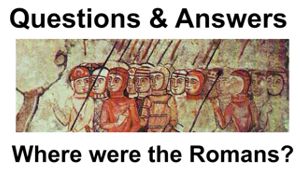
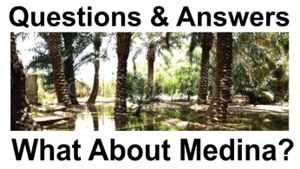
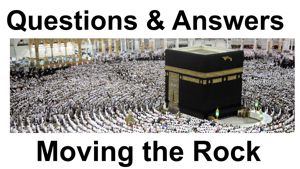
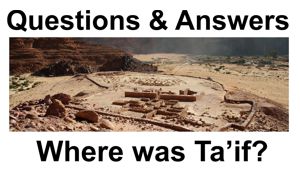
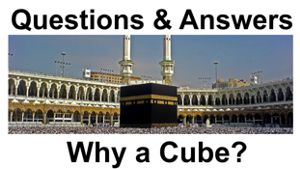

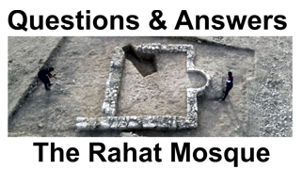
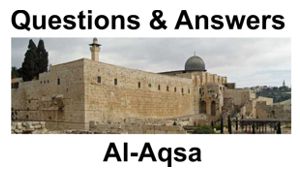
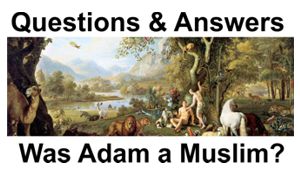
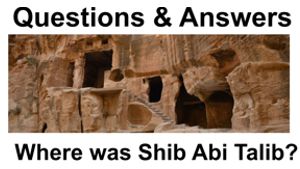
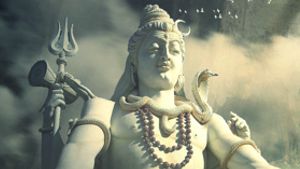
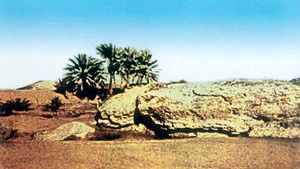
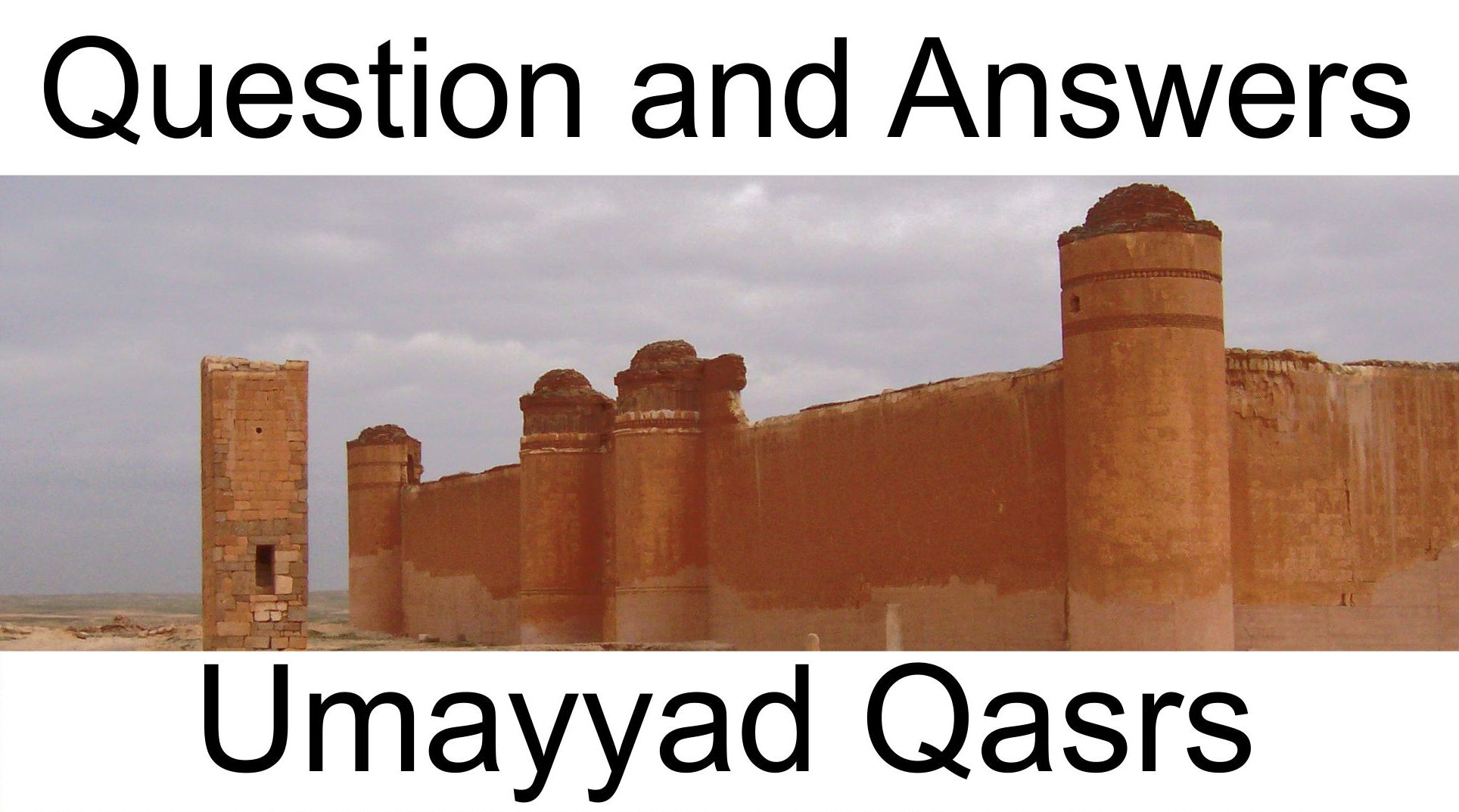
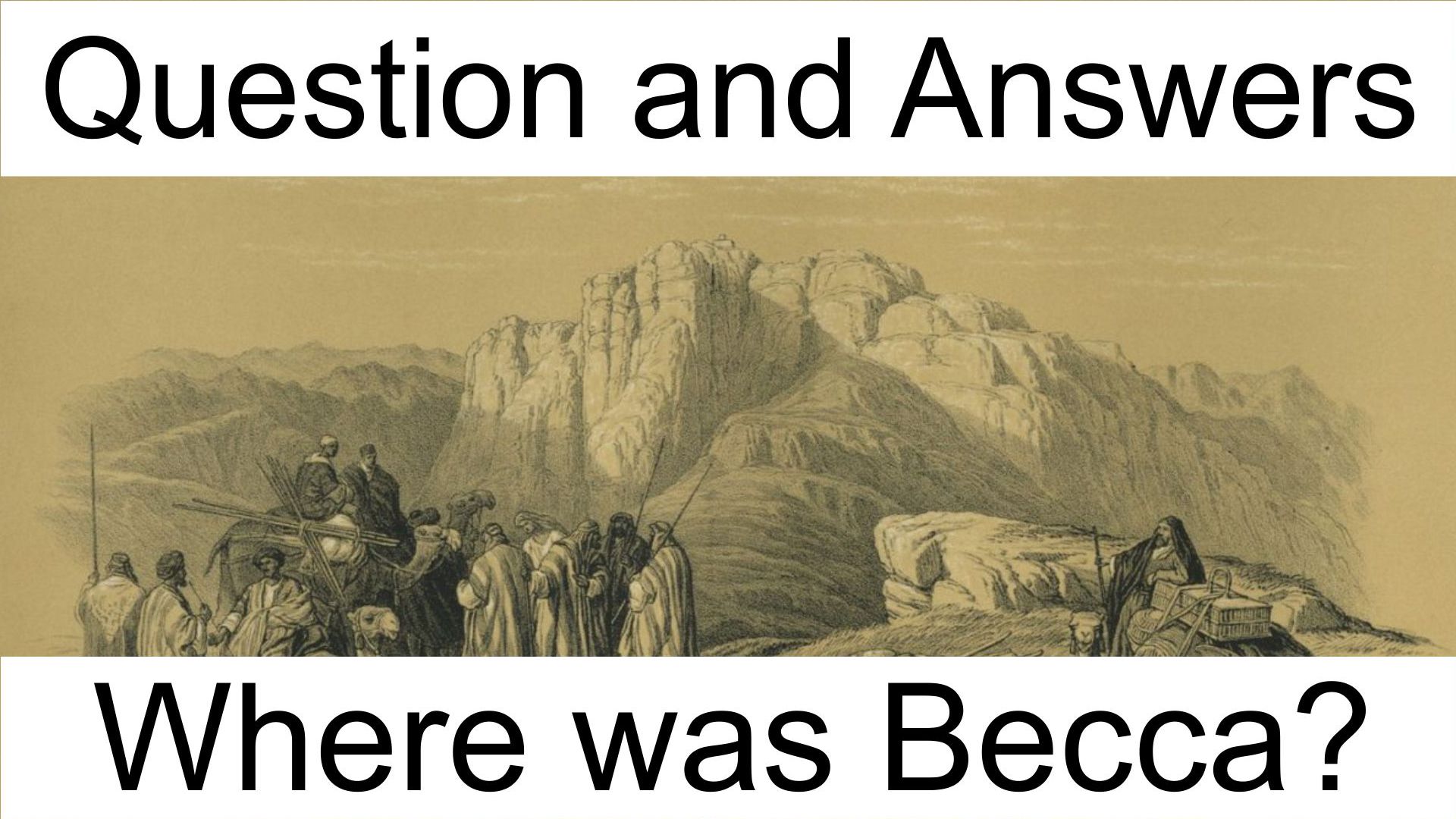

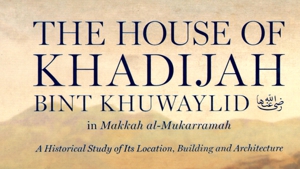
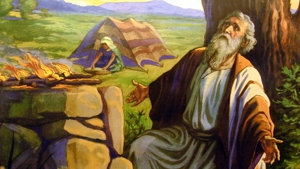
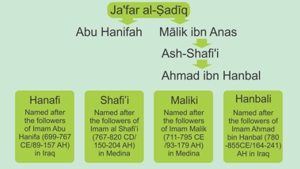

Page Discussion
Membership is required to comment. Membership is free of charge and available to everyone over the age of 16. Just click SignUp, or make a comment below. You will need a user name and a password. The system will automatically send a code to your email address. It should arrive in a few minutes. Enter the code, and you are finished.
Members who post adverts or use inappropriate language or make disrespectful comments will have their membership removed and be barred from the site. By becoming a member you agree to our Terms of Use and our Privacy, Cookies & Ad Policies. Remember that we will never, under any circumstances, sell or give your email address or private information to anyone unless required by law. Please keep your comments on topic. Thanks!